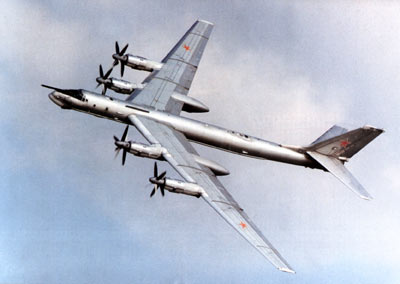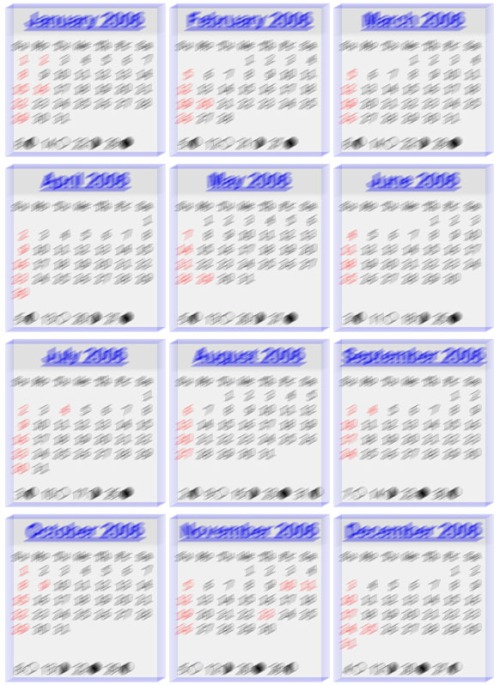
The book review is your best friend. If you didn’t know that, you’re either not a grad student, or you aren’t paying attention.
Every so often, I’ll read a book or movie review so good that I’ll laugh out loud. Last week’s New York Times review of The Enemy at Home, by Dinesh D’Souza was the first I’d seen in quite a while. The review’s author, Alan Wolfe, didn’t like this book. That’s a bit like saying that Napoleon was sensitive about his height. He *really* didn’t like the book. Now, I’d seen D’Souza on The Colbert Report (part 1 and part 2) and thought he’d been a bit, well, odd. In a right-wing nut bar sort of way. Still, those can be tasty. (I may read the book anyway. It sounds like a car accident whose very horror is so attention-grabbing.) But Wolfe’s take really made me appreciate the power of a good (or bad) review:
At one point in “The Enemy at Home,” D’Souza appeals to “decent liberals and Democrats” to join him in rejecting the American left. Although he does not name me as one of them, I sense he is appealing to people like me because I write for the New Republic, a liberal magazine that distances itself from leftism. So let this “decent” liberal make perfectly clear how thoroughly indecent Dinesh D’Souza is. Like his hero Joe McCarthy, he has no sense of shame. He is a childish thinker and writer tackling subjects about which he knows little to make arguments that reek of political extremism. His book is a national disgrace, a sorry example of a publishing culture more concerned with the sensational than the sensible.
I don’t think he liked it. I suppose in a way, that kind of vehemence is akin to D’Souza’s, but I have to say I enjoyed it. Sad schadenfreude, but a guilty pleasure all the same. In a similar vein, here’s a list of officer performance report statements supposedly from the British military. It’s been floating around the internet for years, but they still make me chuckle when I read them anyway:
— His men would follow him anywhere, but only out of curiosity.
— This young lady has delusions of adequacy.
— She sets low personal standards and then consistently fails to achieve them.
— He has the wisdom of youth, and the energy of old age.
— This officer should go far–and the sooner he starts, the better.
— I would not breed from this officer.
— This officer is really not so much of a has-been, but more of a definitely won’t-be.
— When she opens her mouth, it seems that this is only to change whichever foot was previously in there.
— He has carried out each and every one of his duties to his entire satisfaction.
— He would be out of his depth in a car-park puddle.
— Technically sound, but socially impossible.
— This officer reminds me very much of a gyroscope: always spinning around at a frantic pace, but not really going anywhere.
— When he joined my ship, this officer was something of a granny; since then he has aged considerably.
— This medical officer has used my ship to carry his genitals from port to port, and my officers to carry him from bar to bar.
— Since my last report he has reached rock bottom, and has started to dig.
— In my opinion this pilot should not be authorized to fly below 250 feet.
— Works well when under constant supervision and cornered like a rat in a trap.
— This man is depriving a village somewhere of an idiot.
What does this have to do with a dissertation? Well, only this: I’d love to have a few one liners like this (not about me, though!). This sort of pith takes a lot of work and not a little talent.

















